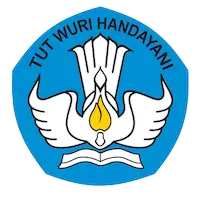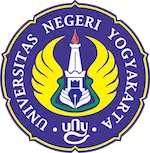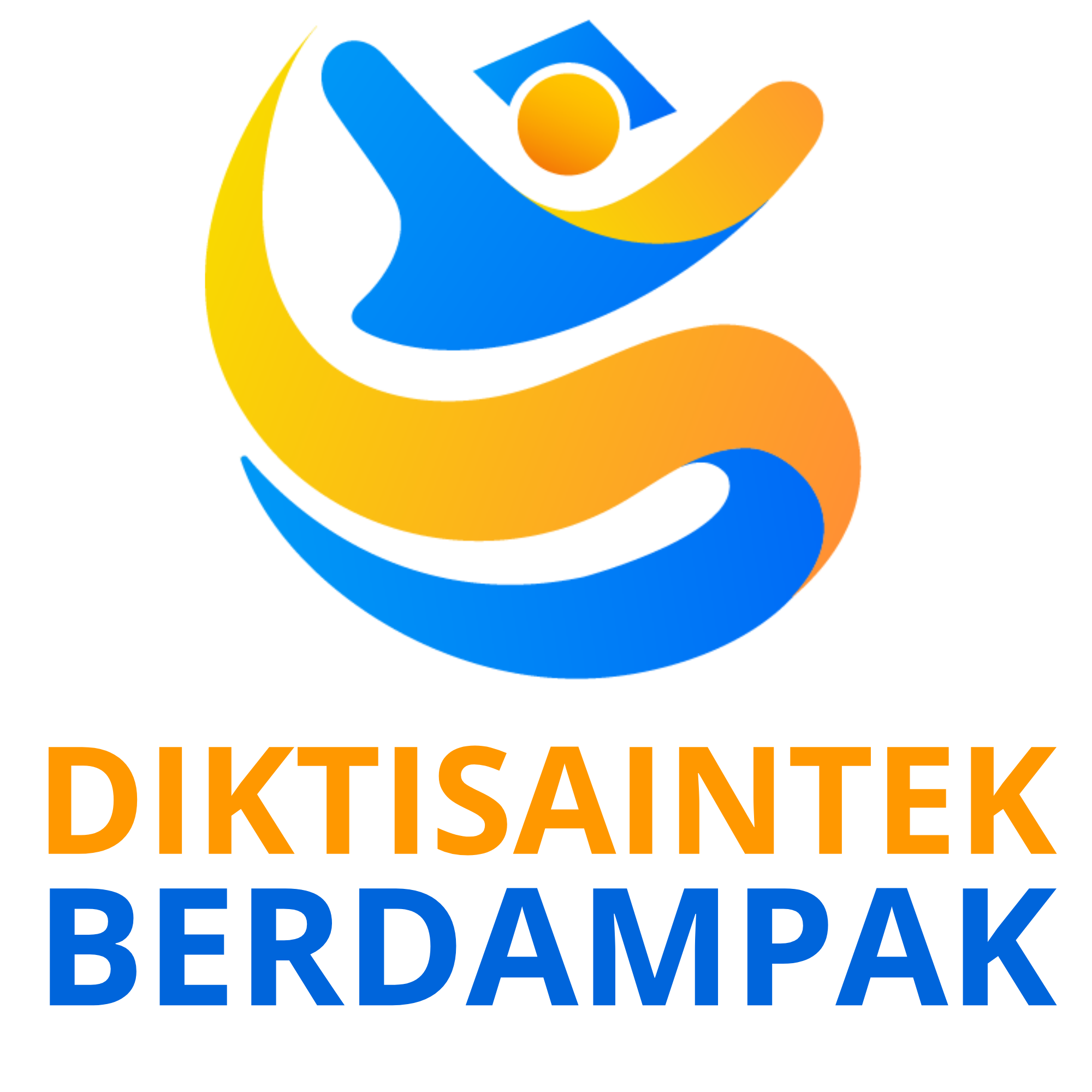Background information
What is needed now is to further examine the details of the language shift that are influenced by the Virtues Project training so that this systematic approach can be further refined. I propose to offer to do this in Indonesia. Following are some supporting ideas and research.
The ability to transform people and communities rapidly by subtle differences in how their potential strengths are acknowledged has been demonstrated repeatedly by Carol Dweck’s 30 years of research on praise (Dweck, 2002, 2009). Harvard Professor Ellen Langer’s 30 years of research on mindfulness shows small changes in the language of noticing possibilities in others improves virtually every aspect of well-being (Langer, 2009). Even when virtue words of politeness are subtly inserted into a person’s environment without this noticing, Yale researchers have shown a large influence on college student’s patience (Bargh, Chen, & Burrows, 1996). A more systematic approach, according to Harvard’s Project Zero (Ritchhart & Perkins, 2008), is to create cultures where individual and a group’s collective thinking is valued, visible, and actively promoted as part of the regular, day-to-day experience of all group members. After a decade of a nation-wide attempt to create values in schools in Australia, the final report states that: “[i]f there is no common values language, if the values within the school are neither owned nor shared by the school community, there can be no basis for implementing effective, planned and systematic values education” (Commonwealth of Australia, 2008, p. 9). Later in the same document Dr Thomas Nielsen of ANU states that: “Having a shared language seems to be at the centre of developing deeper understandings of values, as it allows students to engage in discussions, clarify their thinking and develop socially constructed connections to values” (p. 25). In a previous report (Commonwealth of Australia, 2003) of 50 case studies in 69 schools, three schools adopted an existing program called The Virtues Project (Popov, 2000), that explicitly teaches a “language of the virtues”. Djarragun College, a Kindergarten to Year 12 (K – 12) Anglican school which specifically caters for Aboriginal and Torres Strait Islander students, had been experiencing significant management difficulties prior to 2001 which resulted in very poor student behaviour and high staff turnover, and ultimately led to a more interventionist approach with the report stating that: “[t]he whole experience with the Virtues Project has been very positive for the college in turning around behaviour” (Commonwealth of Australia, 2003, pp. 96-97).
An investigation of school websites and other government documents accessible on the internet, by this author, found that the Virtues Project (VP) is currently being used in at least 50 schools and school volunteer training organisations in Australia. It was reported (Government of South Australia, 2005) that in 2003, Lonsdale Heights Primary School, with 180 students, 11% indigenous and 65% on school cards (an indication of low socioeconomic status – SES), was struggling with persistent problems of bullying, violence and disenchantment among some of the students. Teachers were challenged and felt disempowered by the constant disrespect for authority and the language being used towards staff and peers, as well as students’ disengagement from learning. After using the VP language approach to restorative justice, the principal says this “marked the beginning of a theoretical shift from punitive-behaviourism to a more educative and humanistic approach to student social and emotional development…and through the implementing of restorative practices within a positive school culture we believe that our students and teachers have a better understanding of themselves and others” (Lang, 2005).
There are reportedly 70 schools in New Zealand using VP (Virtues Project Trust Board, 2006), and a number of them have been the subject of research (Dixon, 2005; Patton, 2007b) that has shown dramatic improvements in student behaviour. The 52 schools with 18,400 students using VP in the Calgary School District, showed a drop in antisocial behaviour and an increase in student reported perceptions of safety (Calgary Board of Education, 5 June 2007). Another example from Canada is the Parry Sound High School (2009; Skinner, 2008) with 800 students, 50% of whom are First Nations, where high levels of intercultural and behaviour problems were virtually eliminated and where the high school students then went into the feeder primary schools to change those cultures using the VP approach.
Research proposal
There would appear therefore to be sufficient evidence to indicate that schools, communities and parents would accept The Virtues Project in their schools as a useful tool for implementing “values education”. It is unlikely that random sampling of schools and teacher language will find a school where all teachers use a consistent enough language in the naturally occurring variation of teacher talk to test the hypothesis that a common shared language of values will have had a measurable effect on student outcomes. It is also unlikely that one of the few schools that currently use either a common values language they have created or a school that has adopted the virtues language is doing nothing else to help the situation (i.e., the effect of the virtues language would be confounded by other factors). What would work is to find schools which have adopted neither a common values nor a virtues language and intervene only with the virtues language from VP, which can be studied before and after training. It can be made an even more extreme test by doing case studies of the children with the most problems rather than taking the mean behaviour of the group. These are the children, in any event, who need the most help, often cause the majority of disruption and are likely to continue to do so in the future.
“When the objective is to achieve the greatest possible amount of information on a given problem or phenomenon, a representative case or a random sample may not be the most appropriate strategy. This is because the typical or average case is often not the richest in information. In addition, from both an understanding-oriented and an action-oriented perspective, it is often more important to clarify the deeper causes behind a given problem and its consequences than to describe the symptoms of the problem and how frequently they occur. Random samples emphasizing representativeness will seldom be able to produce this kind of insight; it is more appropriate to select some few cases chosen for their validity” (Flyvbjerg, 2006, p. 229).
The Virtues Project emphasises using the language of the virtues in all interactions in a context and this, more than anything else, distinguishes the VP from “character education” programs more broadly. Some children have said they do not use the respectful language taught in moral education classrooms in other school activities because that way of talking is for that class, which James Paul Gee (2004, 2005) explains is simply part of a child learning specialised ways of talking and behaving in different classes, e.g., “situated” language, such as social studies language, sports class language, biology language and so on. To make a pervasive language change in all contexts, a new way of talking must be modelled and used in all activities.
Since its inception the Virtues Project has been taught in 90 countries as an intervention at home, school, businesses and prisons, and in 1993, during the International Year of the Family, the United Nations Secretariat and World Conference of Cities and Corporations listed it as a model global program for families of all cultures (The Virtues Project, 2007). There is anecdotal evidence from my private communications, from accessing training and school websites and through the VP facilitators email chat group, that the “language of the virtues” regardless of specific language does provide a common foundational conceptualisation that is acceptable to all groups and narrows the perceived “gap” between cultures.
My hypothesis is that when all teachers use the VP language, this creates a whole- school culture shift through changing interpersonal interactions. Teachers notice virtuous behaviour in children, the children are acknowledged and the behaviours are reinforced, but even more important the children come to know they have these character traits within them and can use them when called upon which leads to using them on their own accord. If parents are trained as well, then virtually the entire world of the child is constructed to train a culture based on virtuous social interaction. This language-created culture appears to train cognitive, social and moral capacities in children at a faster rate and with a more complete cognitive schema of social interaction than would otherwise be the case.
It is therefore proposed that The Virtues Project’s (VP) “language of the virtues” (Popov, Popov, & Kavelin, 1997) which is taught not as a curriculum, but as a pervasive language change used by all adults in the child’s environment could act as a research tool to investigate the current anecdotal claims that a whole school language shift changes the culture of the school sufficiently to produce benefits for children’s behaviour and moral development.
The advantage of using VP as a research tool is that it already has training materials in a variety of languages, trained facilitators and supporting systems widely dispersed around the world which we could use as our “test” language. It has high social validity and acceptance in multiple cultures and language systems. Using VP facilitators and materials, we could design research that includes schools and parents in multiple locations.
POTENTIAL OUTCOMES
The power of giving children rules of interaction in the form of language, at a time in life when they are rapidly acquiring language, developing their social skills, and acquiring their culture, not only helps them as individuals, but can affect a change in the whole culture if enough children adopt the new rules. Systems theory (Anderson & Sabatelli, 2003) and meme theory and its derivatives (Boyd & Richerson, 2000; du Preez, 1996; Shichijo & Kobayashi, 2002) provide one way of understanding the rapid changes in behavior reported by some schools using The Virtues Project and provide support for the idea that interventions to create a more effective environment for moral development of children would likely be a whole-school/home culture change that includes language and interactional behaviour changes that are based on historically recognisable social constructs and values contained in concepts and social practices of the virtues common to all cultures.
Indigenous evidence
In Jean Liedloff’s Continuum concept (1977) it is recounted that after many years of visiting the isolated Yequana Indians in South America, only one child was ever observed to have what we would call conduct disorder or even difficult to manage behaviour of any sort. This child’s parents were also the only Yequana who also spoke Spanish. Because the child was born and raised purely within the isolated Yequana village and careful observation by Liedloff did not detect any parenting differences from other Yequana, one could suggest that these parents acquired some subtle culture practice or attitude at the same time they learned Spanish, which would account for their child’s unique (within Yequana culture) behaviour. Although Liedloff has not published her work in journals, one author providing strategies for parents to help with crying and sleep problems in infants, recommends parenting practices of the Yequana (St James-Roberts, 2007) and another follows these indigenous approaches in psychological discussions about mother’s body language (Sansone, 2004). These practices have to do with close contact between mother and infant and are similar to mother/child mutually responsive orientation (MRO).
Indigenous versus European language differences in states of being
For an ecological, transactional and/or systems model of social change to succeed, people need to be freed from the constraints of linear causality which, in Western languages, is especially locked into our thinking by the verb “to be” and its associated idea of static states of being (Plas, 1986). There are several uses of the verb “to be” in this sense that are unique to Indo-European languages (Brown, 1994; Kahn, 1986). “The challenge of creating strategies for forcing ourselves away from linear view and toward recursive thinking looms large. A good place to begin is with the language. The verbs ‘to be’ and ‘to have’ lock us into looking at things in terms of straight lines. They force us to isolate a part of a living system and then to treat it as if it were an independent whole, which exclusively possesses characteristics and is the sole owner of behaviors” (Plas, 1986, pp. 64-65). Native American languages cannot label children, or anything else for that matter, in a static state of being, because there is no way to say this in their languages. A stick is “being pushed up on by the water” (an accurate description from the science of physics) rather than “floating” in English, which is a static state. Even nouns in Cherokee, for example, have verb cores. A horse is “he who carries heavy burdens”. A flag is “a place to be defended”. California is “place where white men get money” (Holmes & Smith, 1977). If we assist children to change the way they speak and think about themselves and each other as developing spiritual beings engaged in an ever-advancing path of helpful and caring social interactions, then they may, in fact, be the ones to progress the ever-evolving English language into new forms. Ann Senghas, explaining recently published research in the journal Science, which studied the emergence of a child-invented sign language in Nicaragua (Senghas, Kita, & Özyürek, 2004) said in an interview regarding this research: “It seems, it is children who drive the evolution of language…this process can be seen when a small child learns to talk and ‘breaks’ the rules of grammar. She’ll start out trying to make her own rules…by the time she is an adult, she’ll talk a lot like you. But not exactly like you” (Fox, 2004).
Interventions
Improving interventions
When language’s contributions to both coercive systems and healthy systems of human interaction are understood, then interventions can be designed to specifically take advantage of the power of language in shaping culture. According to Michael Halliday (1990) when interventionists plan a change in language, they are creating an active systemic change that can shape people's consciousness, and are therefore not forging an ideologically neutral instrument. It is therefore important that language change that accompanies school intervention is based on the highest desired ethical standards, clear and established theoretical perspectives, and is discussed thoroughly by stakeholders.
Essential village culture reinforced in modern culture
What are the essential missing cultural elements from peaceful isolated village cultures that can be realistically reinserted or reinforced in modern cultures where up to 20% of preschool children have been identified with emotional or behavioural problems at moderate to clinically significant levels (Lavigne et al., 1996)? Stability of these problems into later childhood is well established and is confirmed by recent evidence from a group of 33 children’s doctors, research scientists, and mental health and youth service professionals (The Commission on Children at Risk, 2003), where it is reported that 21% of US children ages 9 to17 had a diagnosable mental or addictive disorder associated with at least minimum impairment and that 20% of students reported having seriously considered suicide in that year. This report is entitled “Hardwired to connect: The new scientific case for authoritative communities” and argues that the genetically underpinned need to be connected to community is best satisfied in structured and orderly but loving environments of social institutions, where young people can establish close connections to other people, and deep connections to moral and spiritual meaning.
Makalah Derek W. Patton, Ph.D (Asia-Pacific Network for Moral Education) dalam The 4th International Conference on Educational Research and Innovation (ICERI) di Hotel UNY, Rabu 11 Mei 2016
 English
English


